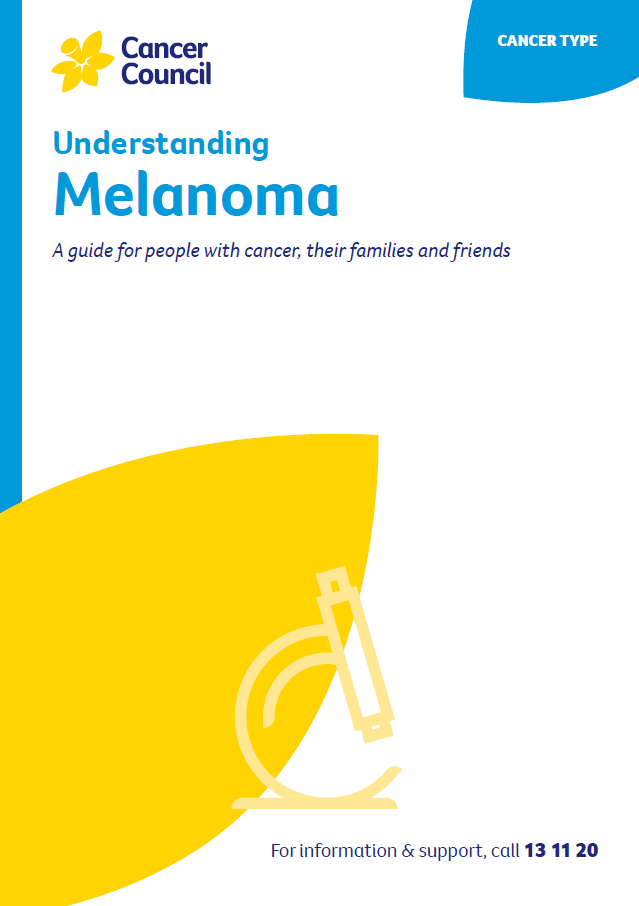- Home
- Melanoma
- Life after melanoma
- Protecting your skin from the sun
Protecting your skin from the sun
Most melanomas are caused by exposure to the sun’s UV radiation. After a diagnosis of melanoma, it is especially important to check your skin regularly and follow SunSmart behaviour. When UV levels are 3 or above, use all or as many of the following measures as possible to protect your skin.
Learn more at Sun protection.
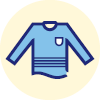 | Slip on clothingWear clothing that covers your shoulders, neck, arms, legs and body. Choose closely woven fabric or fabric with a high ultraviolet protection factor (UPF) rating, and darker fabrics where possible. |
Slop on sunscreenUse SPF 50 or SPF 50+ broad-spectrum, water-resistant sunscreen and apply every morning. Reapply 20 minutes before going outdoors and reapply every 2 hours, or after swimming, sweating or any activity that causes you to rub it off. For an adult, apply about 7 teaspoons of sunscreen for a full body application – 1 teaspoon for each arm, leg, front of body, back of body, and the face, neck and ears. | |
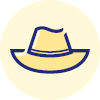 | Slap on a hatWear a hat that shades your face, neck and ears. This includes legionnaire, broad-brimmed and bucket hats. Check to make sure the hat meets the Australian Standard. Choose fabric with a close weave that doesn’t let the light through. Baseball caps and sun visors do not offer enough protection. |
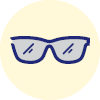 | Slide on sunglassesMake sure you protect your eyes with sunglasses that meet the Australian Standard (with a lens category of 2, 3 or 4). Wraparound styles are best. Sunglasses should be worn all year round to protect both the eyes and the delicate skin around the eyes. |
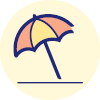 | Seek shadeUse shade from trees, umbrellas, buildings or any type of canopy. UV radiation is reflective and bounces off surfaces, such as concrete, water, sand and snow, so shade should never be the only form of sun protection used. If you can see the sky through the shade, even if the direct sun is blocked, the shade will not completely protect you from UV radiation. |
Check daily sun protection timesEach day, use the free SunSmart Global UV app to check the recommended sun protection times in your local area, and use sun protection when the UV is 3 or above. For more information, visit sunsmart.com.au.You can also find sun protection times at the Bureau of Meteorology (bom.gov.au or the BOM Weather app) or in the weather section of daily newspapers. | |
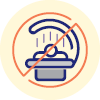 | Avoid solariumsIt is not safe to use solariums. Also known as tanning beds or sun lamps, solariums give off artificial UV radiation and are banned for commercial use in Australia. |
→ READ MORE: Understanding sun protection
More resources
A/Prof Rachel Roberts-Thomson, Medical Oncologist, The Queen Elizabeth Hospital, SA; A/Prof Robyn Saw, Surgical Oncologist, Melanoma Institute Australia, Royal Prince Alfred Hospital and The University of Sydney, NSW; Alison Button-Sloan, Consumer; Dr Marcus Cheng, Radiation Oncologist Registrar, Alfred Health, VIC; Prof Anne Cust, Deputy Director, The Daffodil Centre, The University of Sydney and Cancer Council NSW, Chair, National Skin Cancer Committee, Cancer Council, and faculty member, Melanoma Institute Australia; Prof David Gyorki, Surgical Oncologist, Peter MacCallum Cancer Centre, VIC; Dr Rhonda Harvey, Mohs Surgeon, Dermatologist, Green Square Dermatology, The Skin Hospital, Darlinghurst and Sydney Melanoma Diagnostic Centre, RPA, NSW; David Hoffman, Consumer; A/Prof Jeremy Hudson, Southern Cross University, James Cook University, Chair of Dermatology RACGP, Clinical Director, North Queensland Skin Cancer, QLD; Dr Damien Kee, Medical Oncologist, Austin Health and Peter MacCallum Cancer Centre and Clinical Research Fellow, Walter & Eliza Hall Institute, VIC; Angelica Miller, Melanoma Community Support Nurse, Melanoma Institute Australia, WA; Romy Pham, 13 11 20 Consultant, QLD; A/Prof Sasha Senthi, Radiation Oncologist, Alfred Health, and Clinical Research Fellow, Victorian Cancer Agency, VIC; Dr Chistoph Sinz, Dermatologist, Melanoma Institute Australia, NSW; Dr Amelia Smit, Research Fellow, Melanoma and Skin Cancer, The Daffodil Centre, The University of Sydney and Cancer Council NSW; Nicole Taylor, Clinical Nurse Consultant, Crown Princess Mary Cancer Centre, Westmead Hospital, NSW.
View the Cancer Council NSW editorial policy.
View all publications or call 13 11 20 for free printed copies.
